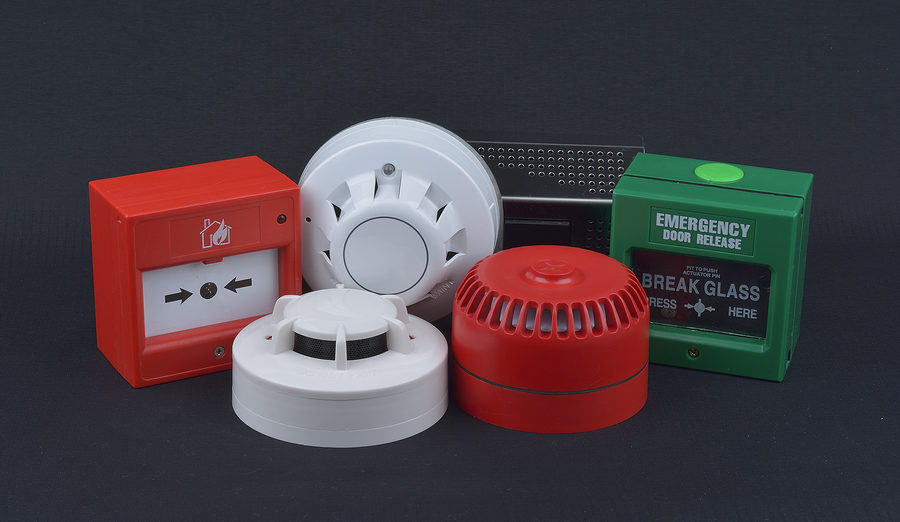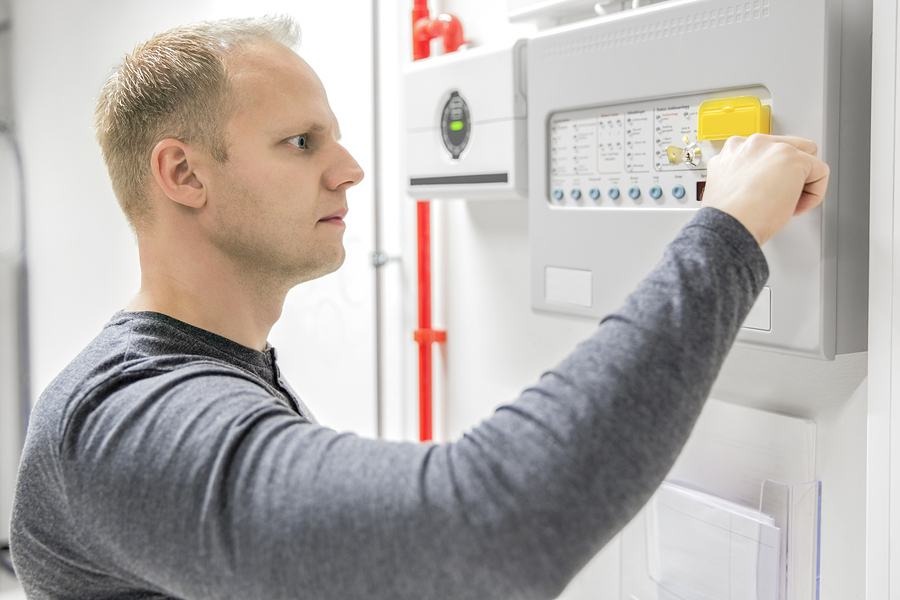Industrial alarms are designed, installed, and configured to keep your workers and your facilities safe in the event of a catastrophe. Moreover, most alarms even go so far as to help prevent catastrophe through detection and early warning. If your alarms aren’t maintained or are subject to fault, their protective benefits are automatically nullified, putting everyone at risk.
Always test your alarms
Your alarms are subject to routine testing under guidelines from organizations like the National Fire Protection Association (NFPA) or Occupational Safety and Health Administration (OSHA). Following these guidelines is a great first step in making sure all alarms are working properly and serviced accordingly.
But just because an alarm tests positive and appears to be working doesn’t mean there aren’t issues you need to consider outside of the normal test parameters. It’s also important to recognize when regular function includes overlooked faults. An alarm can sound just fine but the parameters controlling it may be faulty.
The result is an alarm that may cry wolf or worse, one that won’t activate in a real-world scenario. A properly working alarm will activate and alert you when and only when there is an imminent, specific threat to your safety.
Types of alarm faults
There are several different types of alarm faults to be aware of. Each poses a unique risk to your facilities and personnel based on how it violates the alarm’s functioning properties.
- False alarms — A false alarm is triggered for any number of reasons outside of an imminent threat. Typically, there are five recognized types of false alarm:
- Equipment malfunction
- Accidental activation
- Malicious activation
- Perceived emergency activation
- Manual activation
- Nuisance alarms — Nuisance alarms are not triggered by emergency, but by non-emergent detection. An example of this would be a “door ajar” alarm that triggers after 60 seconds of an open door. In these cases, parameters for the alarm may be set poorly. Alternatively, you may not need an alarm at all.
- Stale alarms — Alarms activated for any reason, valid or invalid, that remain engaged are stale alarms. Unable to be reset, they nullify future detection because they register as already active.
Other faults also exist but can be chocked up to operator error or issues with installation — both of which can and should be addressed in routine inspections and testing. The above faults are important to note because the alarm itself still works, but not as intended.

The risks of alarm faults
The potential risks of alarm faults are varied, each bringing about avoidable problems that jeopardize time, money, and safety. A few of the most common include:
- False alarms delegitimize real alarms, desensitizing workers to the urgency of an impending threat.
- Nuisance alarms waste operator time in the form of vetting and resolving non-factors that may not need an alarm in the first place.
- Disruption from faulty alarms can impact operations and productivity, resulting in a net loss for companies.
- Unintended emergency protocols may be activated if faulty alarms are tied to a monitoring company or local police or fire department.
Taking the time to not only inspect and test your safety alarms in routine intervals, but also observe potential faults on a day-to-day basis, will ensure your alarms don’t become liabilities. Understanding potential faults and the risks they pose is your motivation in making sure each alarm in your facility is a full-functioning one.
